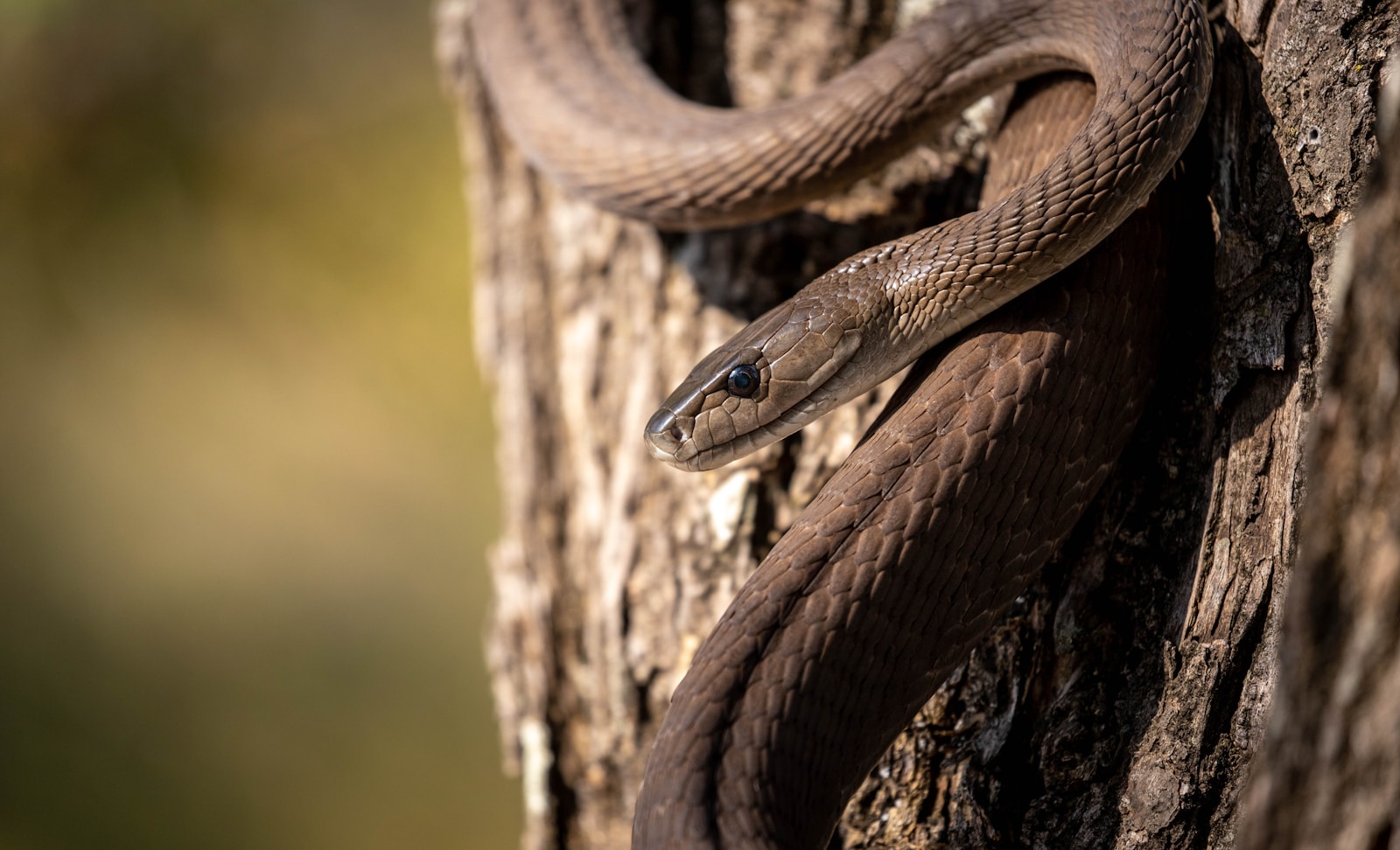Discovering a snake in your birdhouse can be startling, but it’s actually a common occurrence in many regions. Snakes are naturally drawn to birdhouses as they offer shelter and potential food sources like eggs or nestlings. While your first instinct might be fear or alarm, it’s important to approach this situation calmly and humanely. Removing a snake safely—without causing harm to either the reptile or any birds—requires patience, preparation, and proper technique. This article provides a comprehensive guide to safely extracting snakes from birdhouses while respecting wildlife and maintaining backyard ecosystem balance.
Understanding Why Snakes Enter Birdhouses
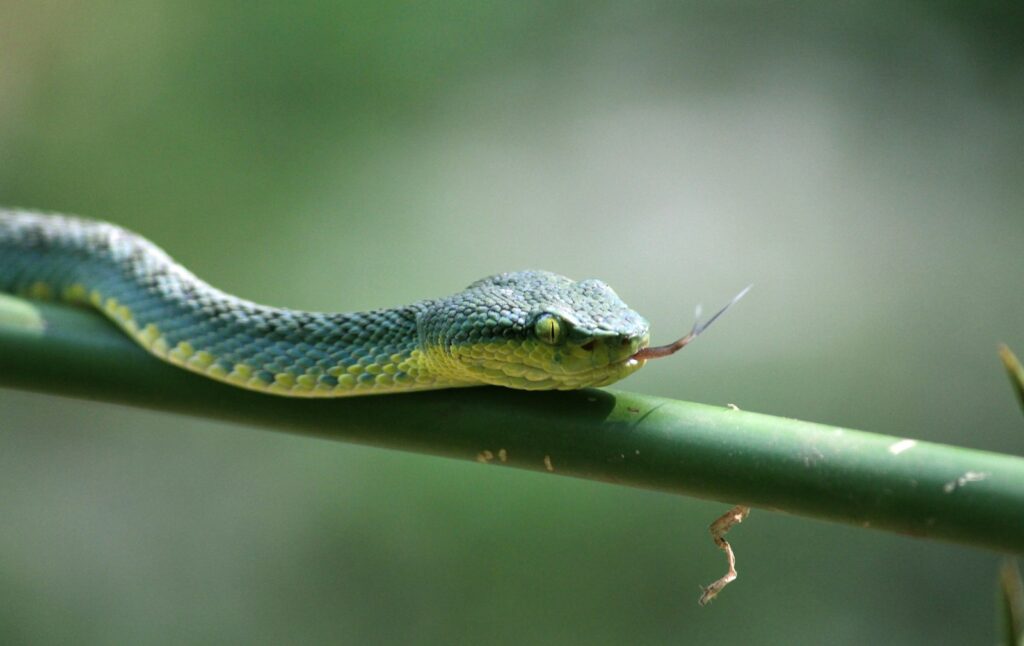
Snakes are primarily attracted to birdhouses for two key reasons: food and shelter. The promise of eggs, nestlings, or even adult birds makes birdhouses particularly appealing hunting grounds for these predators. During extreme weather conditions, birdhouses also offer protection from heat, cold, or precipitation, making them ideal temporary shelters. Many snake species are excellent climbers, with rat snakes, corn snakes, and garter snakes being among the most common birdhouse invaders. Understanding these motivations helps us approach removal with greater insight and empathy for the snake’s natural behaviors rather than viewing them as malicious intruders.
Safety Precautions Before Attempting Removal
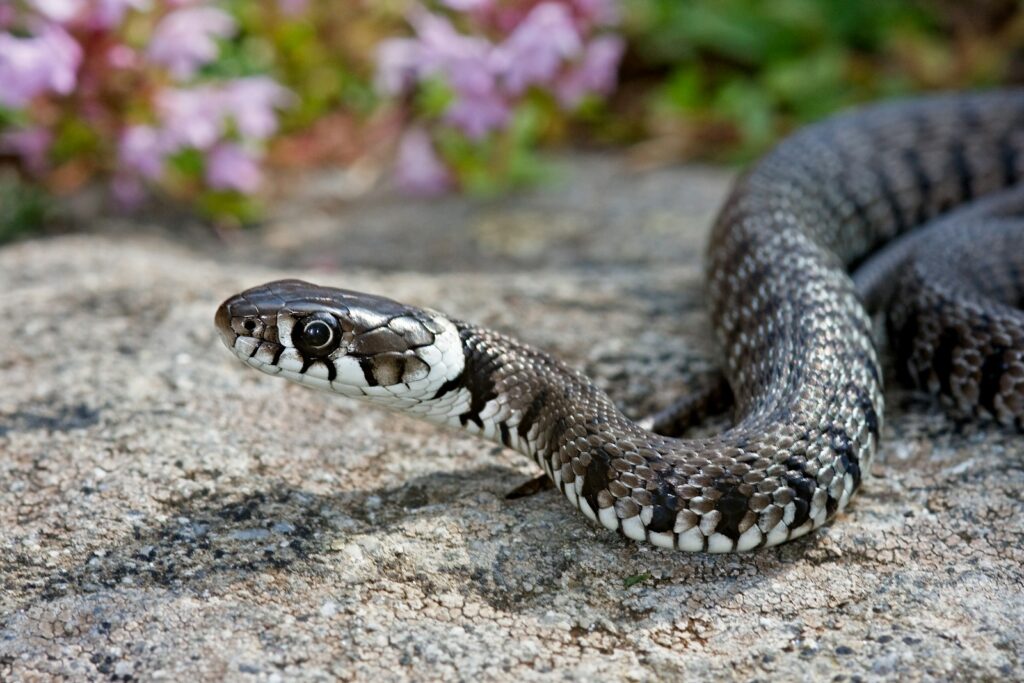
Before attempting to remove any snake, proper identification is crucial for your safety. While most birdhouse-invading snakes are non-venomous, it’s important to be certain what species you’re dealing with—never attempt to handle venomous species such as copperheads or rattlesnakes yourself. Always wear thick gloves, preferably leather or specially designed snake-handling gloves, to protect your hands from potential bites. Long-sleeved shirts and pants provide additional protection against scratches and bites. Keep children and pets away from the area during the removal process to prevent accidental encounters. If you’re uncertain about the snake’s species or lack confidence in handling it safely, don’t hesitate to contact a professional wildlife removal service.
Essential Equipment for Snake Removal
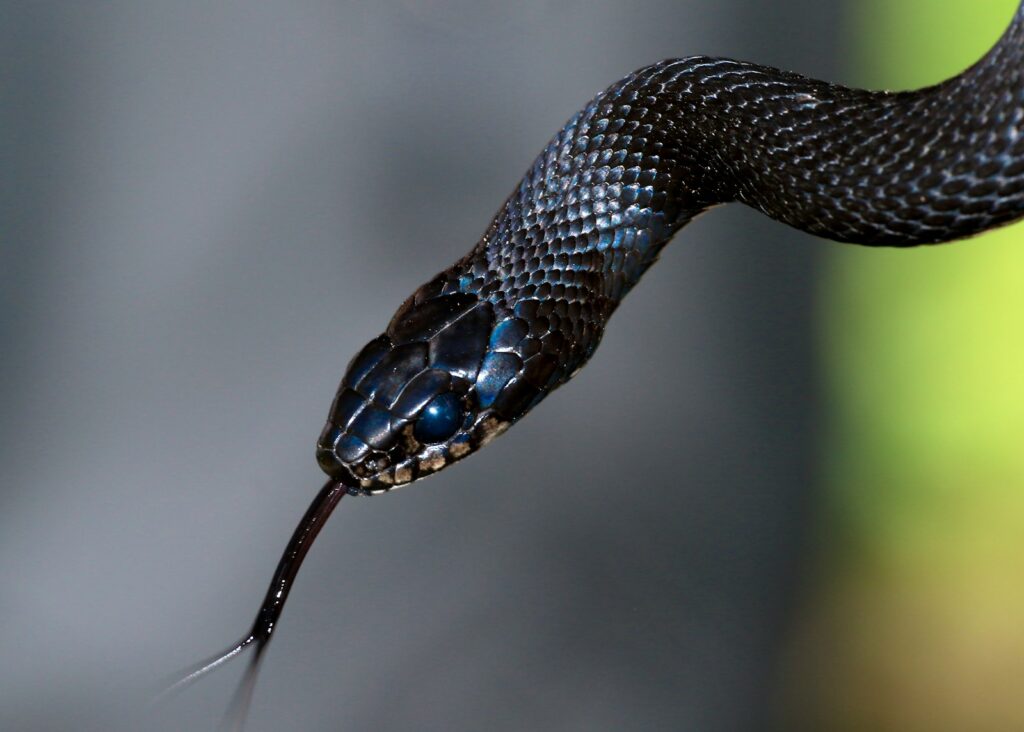
Gathering the right tools before beginning the removal process significantly increases your chances of success while minimizing stress to the snake. A snake hook or snake tongs (at least 3 feet long) are invaluable for safely maneuvering the reptile without direct handling. A transparent, ventilated container with a secure lid will serve as a temporary holding space once you’ve extracted the snake. For particularly inaccessible birdhouses, a ladder with a stabilizing base might be necessary to reach higher mounted houses. Some removers find that a small flashlight helps illuminate the interior of the birdhouse, especially if working in shaded areas or during evening hours. Having a spray bottle filled with lukewarm water can sometimes encourage a reluctant snake to exit.
Preparing the Birdhouse for Snake Removal
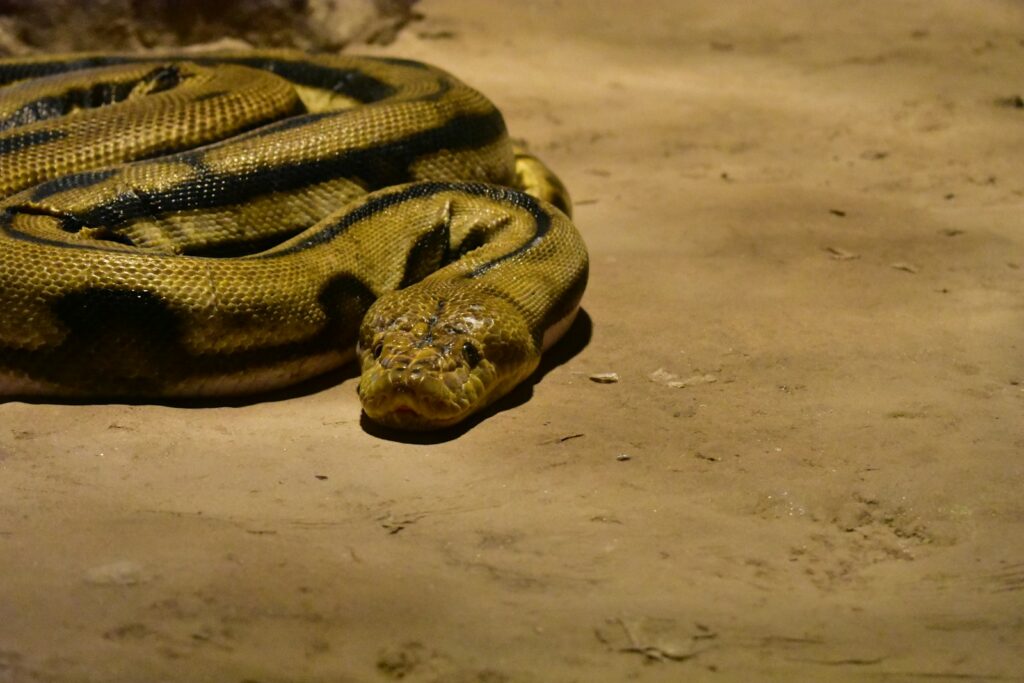
Approach the birdhouse slowly and quietly to avoid startling the snake, which could cause it to retreat further inside or become defensive. If possible, carefully remove the birdhouse from its mounting and gently place it on the ground to provide a more stable working environment. For permanently mounted houses, secure your ladder and ensure you have solid footing before proceeding. Inspect the birdhouse carefully, noting any eggs or nestlings that might be present, as these will require special consideration. Many birdhouses have removable side panels or roofs specifically designed for cleaning and maintenance—these access points are ideal for snake removal operations. Make sure to block other exit holes temporarily to prevent the snake from escaping through unexpected openings.
Techniques for Coaxing Snakes Out Voluntarily
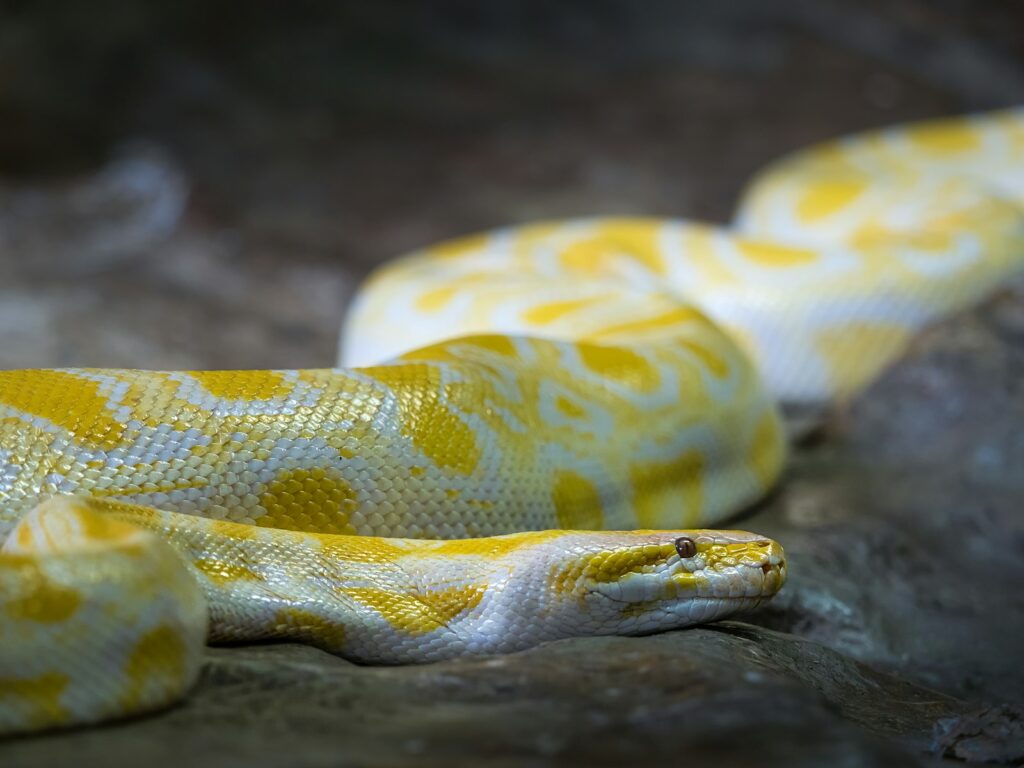
One of the gentlest removal methods involves encouraging the snake to leave of its own accord. Lightly misting the interior of the birdhouse with room-temperature water can motivate the snake to exit, as many species dislike excessive moisture. Strategic positioning of the birdhouse opening toward a shaded area might entice the snake to leave, especially in hot weather when they seek cooler environments. Some wildlife experts recommend gently tapping or vibrating the exterior of the birdhouse to create mild disturbance—enough to encourage exit without causing panic. Patience is essential with this method; give the snake ample time to decide to leave, which may take anywhere from 15 minutes to several hours. Never use chemical repellents or harmful substances, as these can injure the snake and potentially contaminate the birdhouse for future bird residents.
Direct Removal Methods for Non-Venomous Snakes
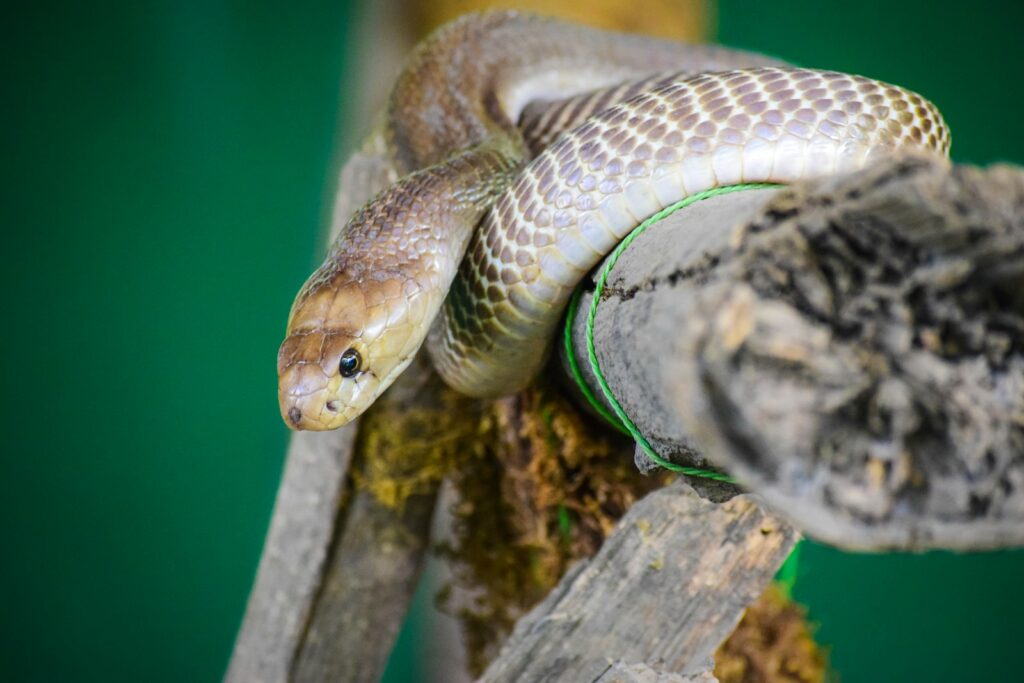
When passive techniques fail, more direct approaches may be necessary, but these should still prioritize the snake’s wellbeing. Using snake hooks or tongs, gently grasp the snake behind its head or at mid-body, providing enough support to prevent injury while maintaining control. Always lift the snake with steady, smooth movements—jerky or sudden motions can stress or injure the animal and may provoke defensive behavior. Support the snake’s body length as you extract it, never dangling it by a single point, which can cause spinal injuries. For particularly wedged or coiled snakes, gentle and patient maneuvering is required, working with the snake’s natural movement patterns rather than against them. If the snake shows signs of significant stress, such as rapid breathing or defensive posturing, pause the process briefly to allow it to calm down before continuing.
Dealing with Protected or Venomous Species
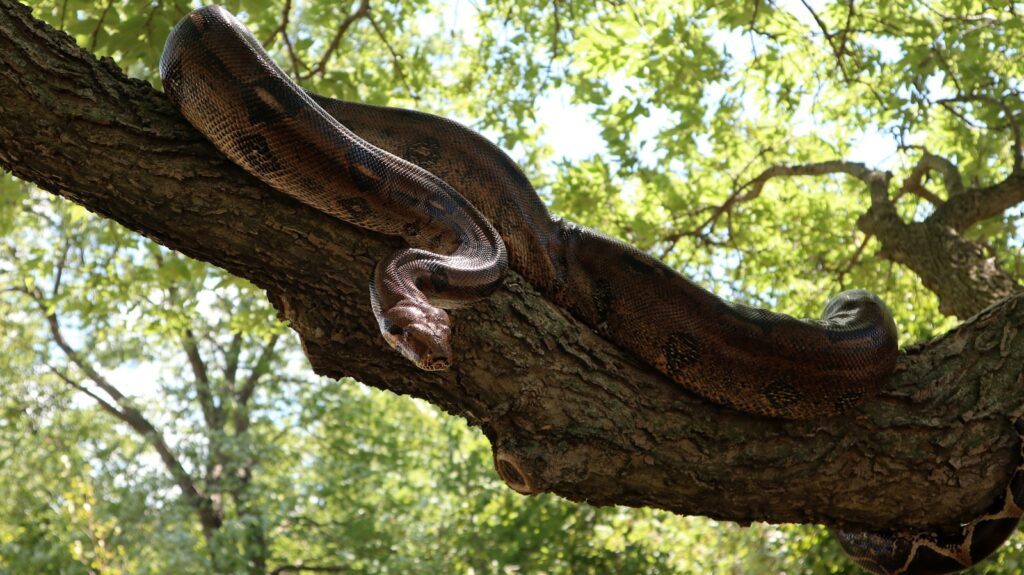
If you identify the snake as a protected or venomous species, immediately cease removal attempts and contact professionals. Many regions have laws protecting certain snake species, making unauthorized handling illegal and potentially subject to fines. Wildlife agencies, herpetological societies, or specialized animal control services have trained personnel with proper equipment for safely handling dangerous species. While waiting for professional assistance, maintain a safe distance from the birdhouse and ensure others do the same. Document the snake’s appearance if possible (from a safe distance) using photographs, as this can help experts identify the species and prepare appropriate removal methods. Never attempt to kill venomous snakes, as this increases your risk of being bitten and removes beneficial predators from the ecosystem.
Properly Relocating the Captured Snake
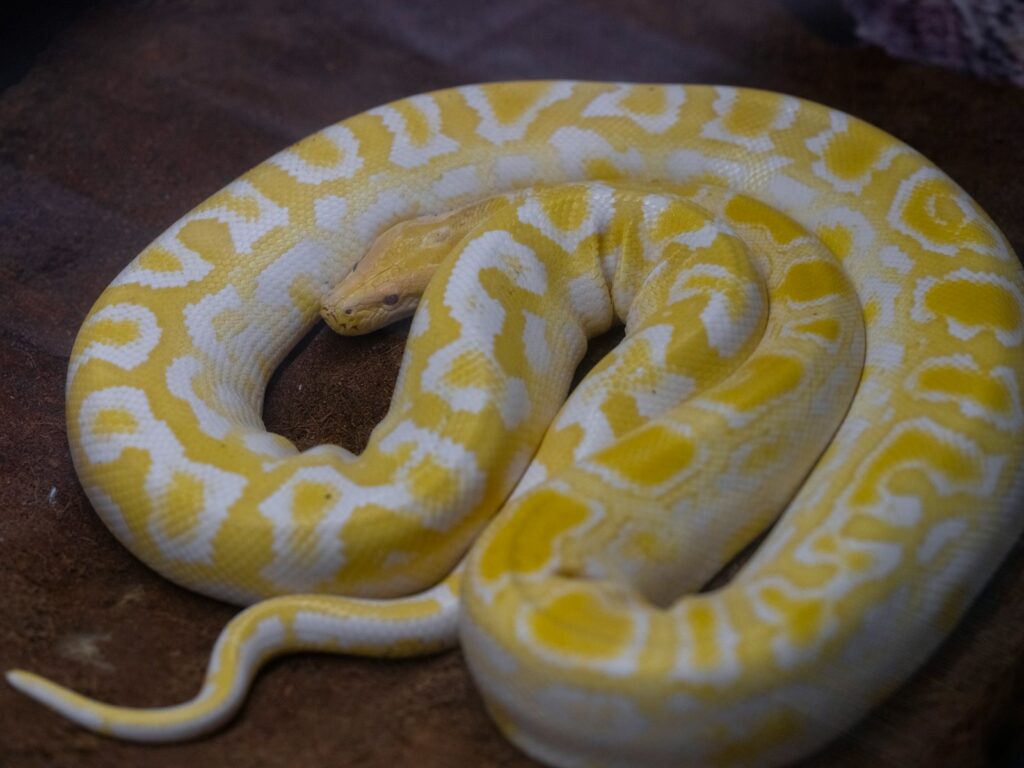
After successfully removing a non-venomous snake, proper relocation is crucial for both the snake’s survival and preventing return visits. Transport the contained snake to a suitable habitat at least a quarter-mile from your property, preferably in a natural area with good cover and water sources. Areas near water bodies, forest edges, or fields with rock formations make ideal release sites where the snake can quickly find shelter. Release the snake gently by placing the container on the ground, opening it, and allowing the animal to leave at its own pace—never shake or dump the snake out forcefully. Ideal relocation times are during moderate temperatures in morning or evening hours, avoiding release during extreme heat or cold which could stress the animal further. Remember that some jurisdictions have regulations about wildlife relocation, so check local laws before moving snakes significant distances.
Cleaning and Sanitizing the Birdhouse After Removal
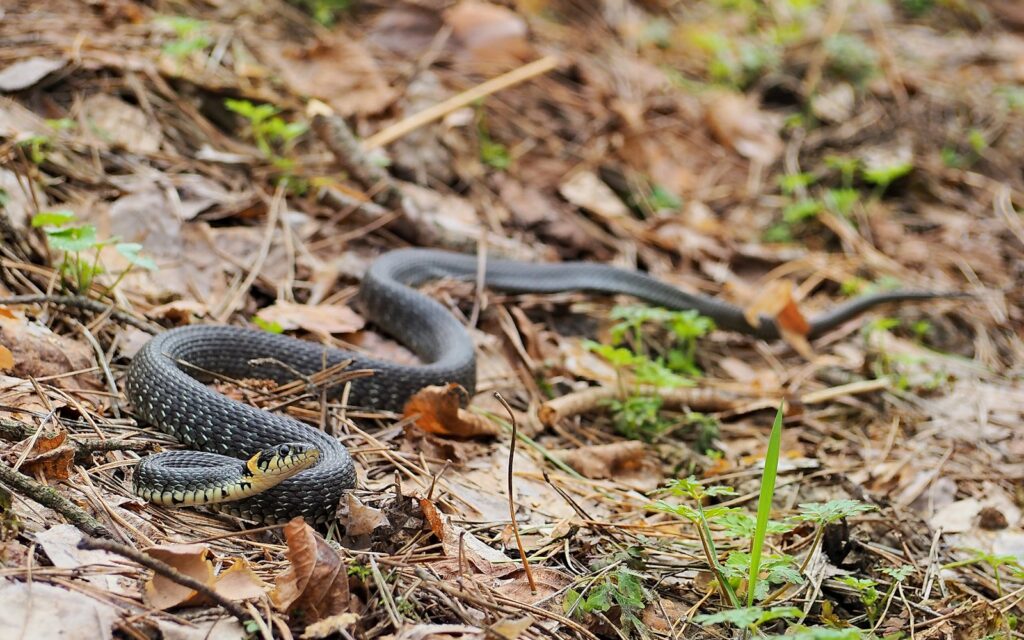
Once the snake has been safely removed, thorough cleaning of the birdhouse is essential before birds can safely reuse it. Wear gloves and remove any nesting material, shed skin, feces, or other debris from inside the birdhouse, disposing of these items in sealed plastic bags. Scrub the interior surfaces with a solution of one part bleach to nine parts water, paying special attention to corners and crevices where bacteria might linger. Rinse thoroughly with clean water and allow the birdhouse to air dry completely in direct sunlight, which helps in further disinfection through UV exposure. If the birdhouse contains eggs or nestlings that are still viable, consult with a wildlife rehabilitation center for guidance on their care before cleaning. Replace the birdhouse only when completely dry to prevent mold growth that could harm future avian occupants.
Preventing Future Snake Intrusions
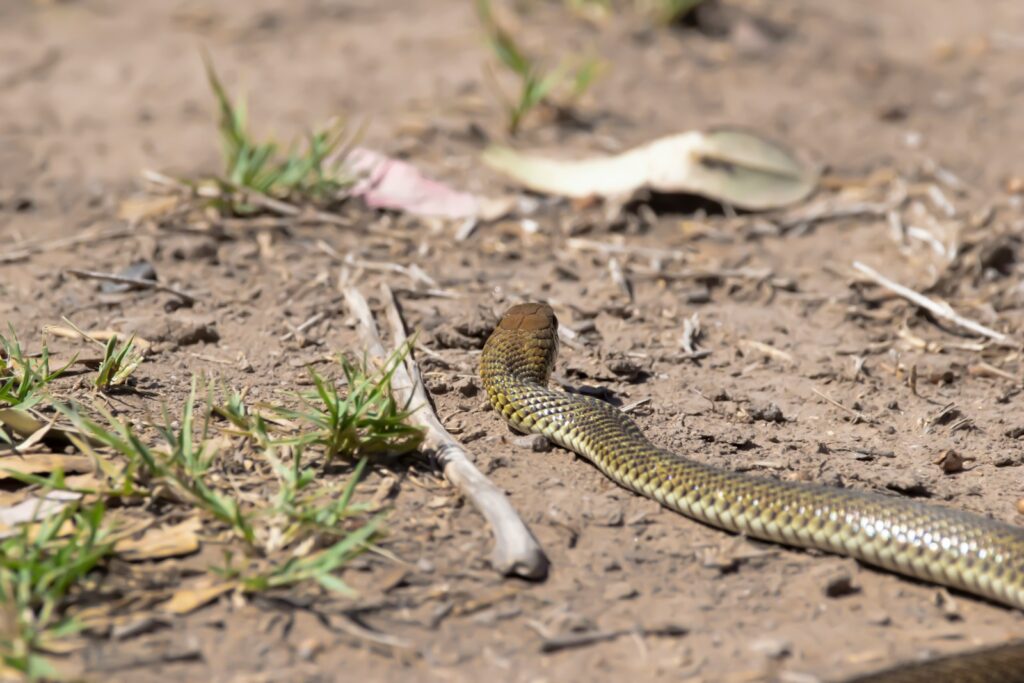
Implementing preventative measures can significantly reduce the likelihood of future snake visits to your birdhouses. Install metal predator guards or baffles below birdhouses on poles to create physical barriers that snakes cannot climb. Position birdhouses at least 6-8 feet above ground level, with no overhanging branches or structures that could provide alternative access routes. Regularly trim vegetation around birdhouse poles to eliminate natural “bridges” that snakes could use to access the house. Consider using specially designed birdhouses with smaller entrance holes that allow target bird species to enter but exclude larger predators. Regular maintenance and monitoring of birdhouses, especially during nesting season, allows early detection of potential snake activity before eggs or hatchlings are threatened.
When to Call Professional Wildlife Removers
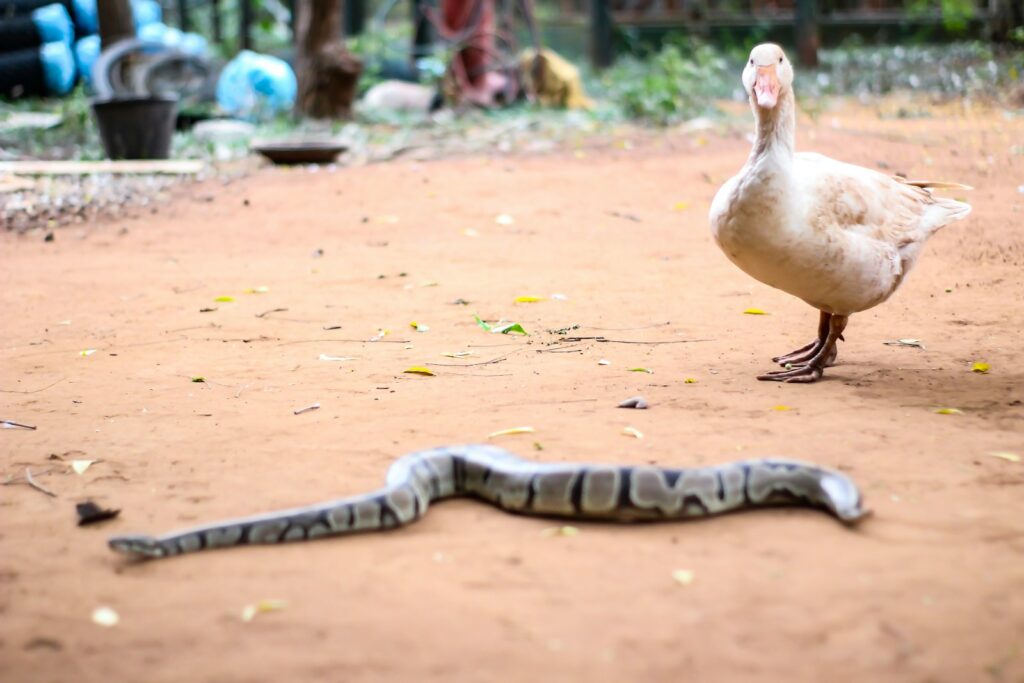
There are several scenarios where professional intervention becomes the safest and most responsible choice. If you’ve identified a venomous species or cannot confidently identify the snake at all, professional removal is essential for safety. Protected species that fall under conservation laws require handling by licensed individuals to ensure compliance with regulations. Situations where the snake is particularly large, aggressive, or inaccessible may exceed the capabilities of an average homeowner. Professional wildlife removers possess specialized equipment, extensive training, and proper permits for handling even difficult cases. The cost of professional removal typically ranges from $100-300 depending on your location and the complexity of the situation—a worthwhile investment for your safety and the humane treatment of the animal.
The Ecological Role of Snakes in Your Garden

While finding a snake in your birdhouse may be unwelcome, it’s important to recognize the valuable ecological services these reptiles provide. Snakes are exceptional natural pest controllers, consuming large quantities of rodents that can damage gardens and potentially spread disease. A single rat snake can eat dozens of mice annually, providing free and chemical-free rodent management. Many snake species also control insect populations, with some smaller species specializing in consuming garden pests like slugs and harmful insects. By maintaining a balanced ecosystem where predators and prey coexist, your garden becomes more resilient and self-regulating. Understanding this ecological context helps foster tolerance and appreciation for these often misunderstood creatures, encouraging coexistence rather than conflict whenever possible.
Educating Family Members About Snake Encounters
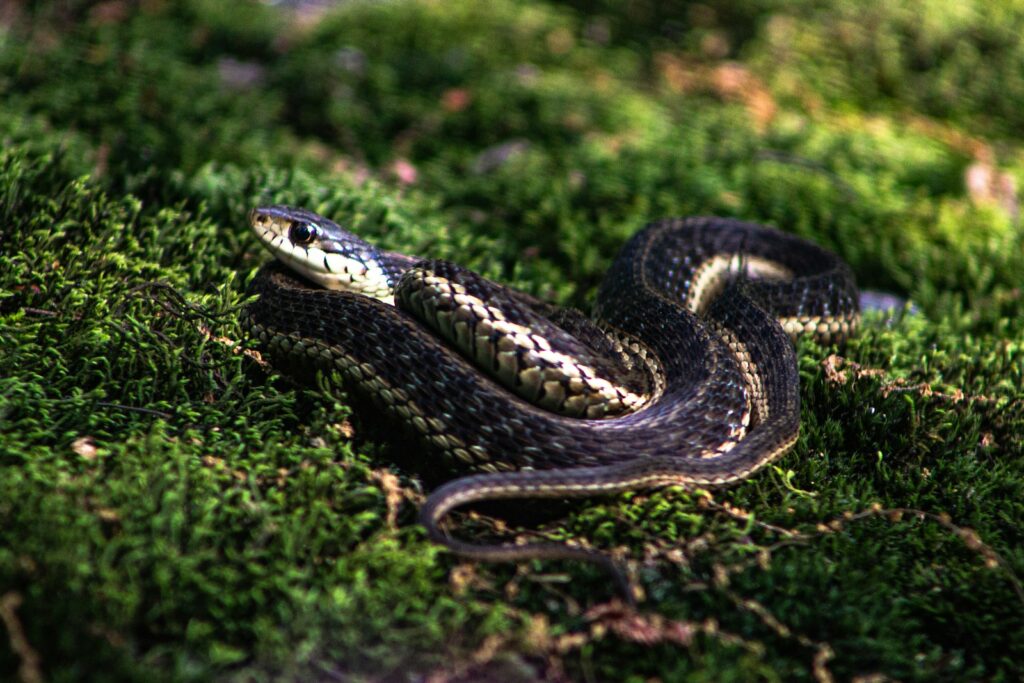
Creating a family protocol for snake encounters promotes safety while building respect for wildlife. Teach children to appreciate snakes from a distance without attempting to touch or provoke them, emphasizing that most snakes are non-aggressive unless threatened. Establish clear guidelines about immediately informing adults upon spotting any snake rather than investigating independently. Educational resources like field guides, nature centers, and wildlife websites can help family members learn to identify common local species, distinguishing harmless varieties from those requiring more caution. Creating positive attitudes toward snakes from an early age helps combat unfounded fears and fosters the next generation of wildlife stewards who understand the important role these reptiles play in healthy ecosystems. Regular family discussions about local wildlife, including snakes, normalizes their presence and reduces panic reactions during unexpected encounters.
By taking a methodical, humane approach to snake removal from birdhouses, you protect both the birds you’re trying to attract and the snakes that play important roles in your local ecosystem. Remember that most snake encounters are temporary and pose little threat when handled properly. With the right tools, techniques, and attitude, you can safely manage these situations while developing a deeper appreciation for the complex relationships within your backyard habitat. Rather than viewing snakes as enemies, consider them fellow inhabitants of the natural world—ones that deserve our respect and careful handling when our paths inevitably cross.

